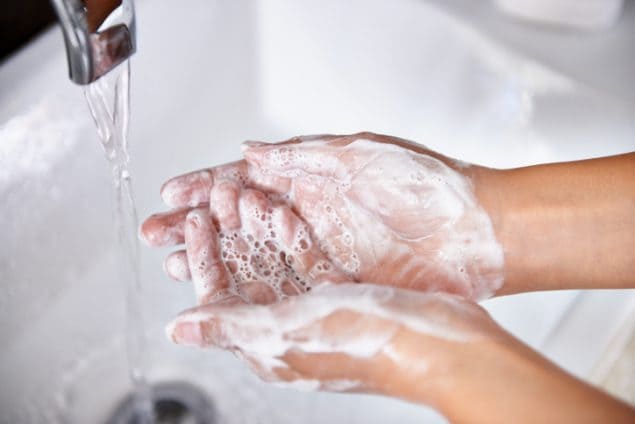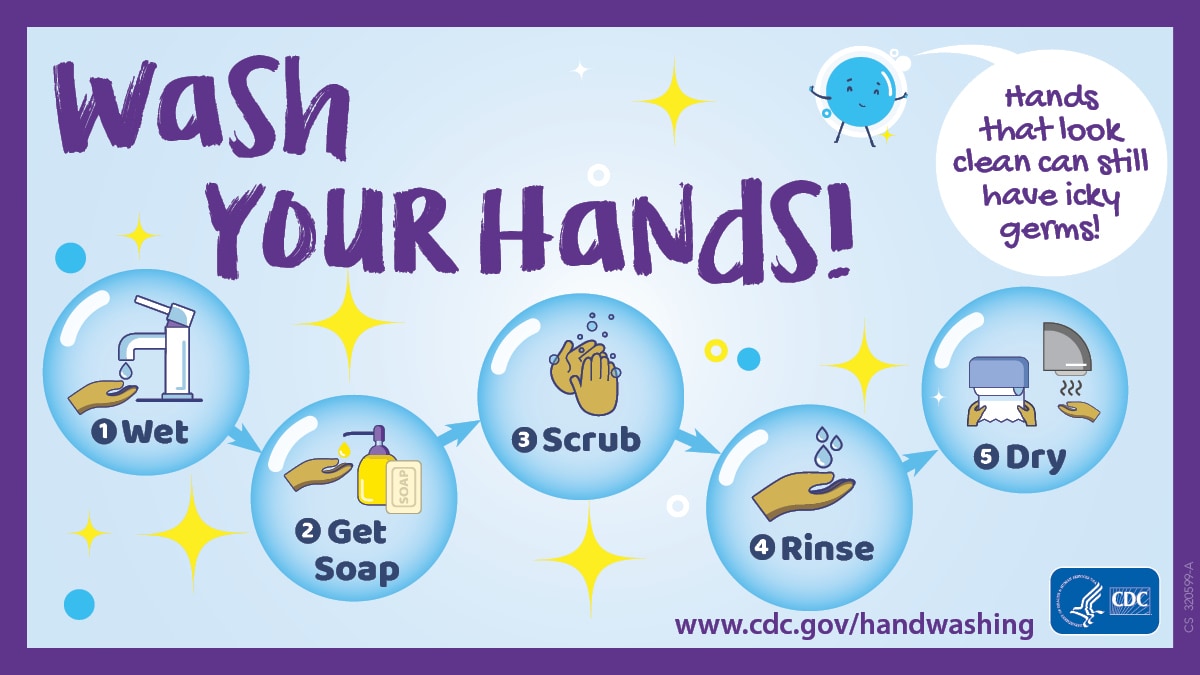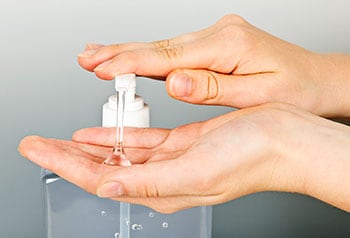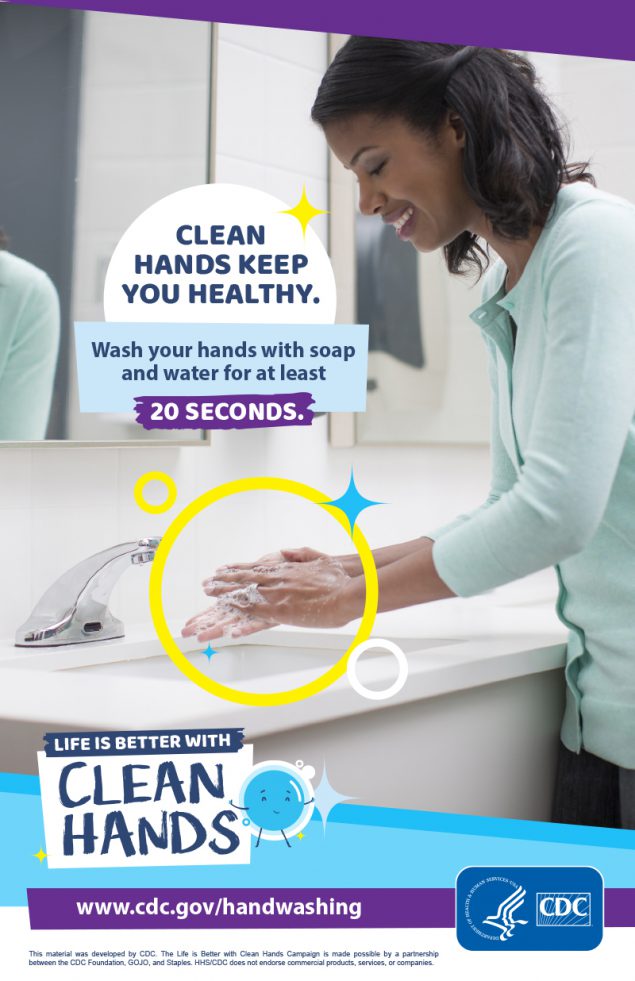

Handwashing is one of the best ways to protect yourself and your family from getting sick. Learn when and how you should wash your hands to stay healthy.
Washing hands can keep you healthy and prevent the spread of respiratory and diarrheal infections from one person to the next. Germs can spread from other people or surfaces when you:
You can help yourself and your loved ones stay healthy by washing your hands often, especially during these key times when you are likely to get and spread germs:
The guidance for the list of key times to wash hands was developed based on data from a number of studies. There can also be other times when it is important to wash hands.
To prevent the spread of germs during the COVID-19 pandemic, you should also wash your hands with soap and water for at least 20 seconds or use a hand sanitizer with at least 60% alcohol to clean hands BEFORE and AFTER:
Washing your hands is easy, and it’s one of the most effective ways to prevent the spread of germs. Clean hands can stop germs from spreading from one person to another and throughout an entire community—from your home and workplace to childcare facilities and hospitals.
Follow these five steps every time.

Wet your hands with clean, running water (warm or cold), turn off the tap, and apply soap.
Why? Read the science behind the recommendations.

Washing hands with soap and water is the best way to get rid of germs in most situations. If soap and water are not readily available, you can use an alcohol-based hand sanitizer that contains at least 60% alcohol. You can tell if the sanitizer contains at least 60% alcohol by looking at the product label.
Sanitizers can quickly reduce the number of germs on hands in many situations. However,
Caution! Swallowing alcohol-based hand sanitizers can cause alcohol poisoning if more than a couple of mouthfuls are swallowed. Keep it out of reach of young children and supervise their use.

CDC’s Life is Better with Clean Hands campaign encourages adults to make handwashing part of their everyday life and encourages parents to wash their hands to set a good example for their kids. Visit the Life is Better with Clean Hands campaign page to download resources to help promote handwashing in your community.
For more information on handwashing, visit CDC’s Handwashing website or call 1-800-CDC-INFO.